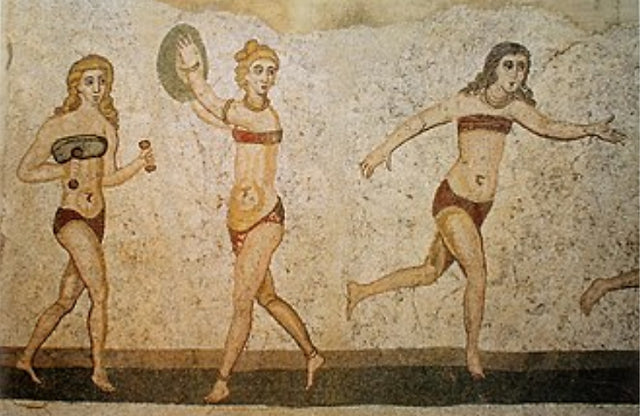The Evolution of Women's Sport: From Antiquity to the Present Day

The world of sport has always been a reflection of the society around it. The evolution of women's sport, in particular, is a fascinating testament to the changing rights and perceptions of women throughout history. In this article, we will delve into the history of women's sport, from the beginnings of antiquity to the present day, exploring how women have had to fight for their place on the field and in stadiums.
The Beginnings: Antiquity
The history of women's sports dates back to ancient times, when chariot racing was the main discipline. Interestingly, however, women were forbidden from participating in this competition, although they could receive a cup as owners of carriages. Despite these restrictions, the ancient Mediterranean world was relatively open to women's sports, with limited opportunities for participation in athletic competitions.
Middle Ages: A Different World
In the Middle Ages, sport evolved into competitions such as foot tournaments, but women were excluded from these, primarily due to the military nature of these events. Noblewomen, however, held honorary roles in these sporting activities, such as hunting with wings or falconry. Women began to emerge as competitors in intellectual and strategic fields such as chess and poetry.
Renaissance: The Tennis Court
The Renaissance saw the emergence of the jeu de paume (game of palm), the precursor to modern tennis, where women were finally able to fully engage in physical exercise. Women were active in this sport, with notable figures such as Margot la Hennuyère, an exceptional player who competed with men and often beat them. It was a time when women could finally showcase their athletic skills.
Modern Era: Struggle for Recognition
The modern era brought the introduction of the men's Olympic Games, in which women were not allowed to participate until 1928. Pierre de Coubertin, the founder of the modern Olympic Games, justified this by claiming that the Olympic Games were reserved for men. Women had to fight for their place in sports, but they eventually managed to establish themselves in various disciplines.
The Feminist Revolution
The 1960s were marked by the rise of feminism, and female athletes played a key role in this revolution. Wilma Rudolph, an African-American athlete, became the first woman to win three gold medals at the 1960 Summer Olympics, becoming an icon of women's sports and the fight for equality.
The Contemporary Era
Today, women's sport continues to progress, but inequalities persist. Women still struggle to gain the recognition and respect they deserve on the playing field. While much progress has been made, there is still a long way to go to achieve true parity in the world of sport.
In conclusion, the history of women's sports is a story of struggle, determination, and success. Women have overcome countless obstacles to make a place for themselves in the world of sport, and their perseverance continues to inspire new generations of female athletes. We must continue to support and promote women's sports so that future generations of women can continue to break barriers and achieve their dreams on the field.













































